35.075 Monochroa arundinetella (Stainton, 1858)
Status and Distribution
Rare, with limited numbers of recent records, although probably under-recorded. Restricted to south and east England south of a line from the Wash to the Severn. A historic record from Cornwall is considered to require confirmation.
A specimen from Wiltshire in 2019 (shown below), with a 14mm wingspan and strongly marked forewings, was recently identified by European experts Keld Gregersen and Ole Karsholt. The Moths and Butterflies of Great Britain and Ireland Vol. 4 (2) note that British specimens have a wingspan in the range 9-10mm, although up to 13mm has been noted in NW Europe (Gregersen & Karsholt, 2022).
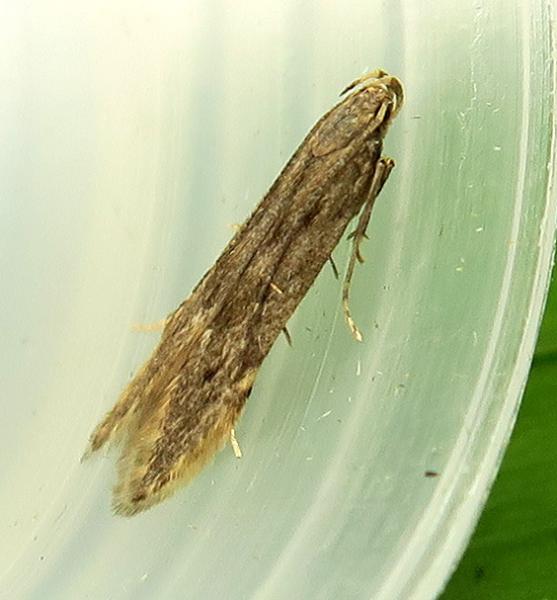
Provisional map
Foodplant and Larval Feeding Signs
Carex riparia (greater pond-sedge), see plant distribution map, and to a lesser extent Carex acutiformis (lesser pond-sedge).
Mines the leaves in a long slender whitish or pale brown gallery both upwards and downwards and will change leaves.
Will Langdon has very kindly provided some additional notes associated with his work on the species during 2022:
Found throughout March at two sites. They were pretty easy to find and I think I managed 15 or so in an hour a couple of times. The overwintering mine (formed in the Autumn) seems to look like a little brown smudge, normally halfway up the leaf. (when seen) in spring. These mostly conformed to Phil Sterling's description in Langmaid, Palmer and Young, 2018 - Field Guide to the Smaller Moths of Great Britain and Ireland, of being small, brownish and with lots of diverticula. The larvae that I found then mostly extended this downwards to the base of the leaf in a much straighter mine in early April. Sometimes the mines are very long but faint, appearing as a faint brown line running down the upper edge of the leaf. Backlighting reveals the frass in the mine and shows them much more clearly.
I wasn't able to rear any of the above to see what they did next though as the plants died. It looked like a couple of larvae left their overwintering mine and started a new one lower down the leaf. The larval appearance varied a bit; I opened up four mines to look at them, and only one had the black spots on thoracic segment one mentioned in Emmet & Langmaid, 2002 (The Moths and Butterflies of Great Britain and Ireland Vol 4 (2)). I guess this could be an instar-related feature, as seems to be the case in M. suffusella (which isn't mentioned as having the spots) - see comment under M. suffusella on this website. W. Langdon pers. comm. July 2022.
Habitat
Finding the Moth
Larva: mines can be found in early March but become progressively more difficult to locate into April.
Adult: flies at dusk and during the night, occasionally coming to light.
Similar Species
One of the smallest of the Monochroa group with four pale spots along the costal cilia. Dissection is recommended for all but the most pristine of specimens.
Flight period given as June and July but there are very few full dates on the Scheme database.
Earliest: 26th June 2014 (VC25)
Latest: 9th August 1869 (VC28)

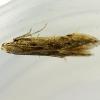
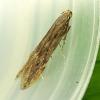
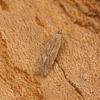
%20A_0.jpg)
%20B_0.jpg)
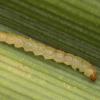
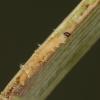
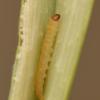
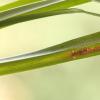
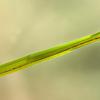
_0.jpg)

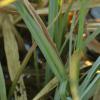
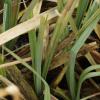
_0.jpg)
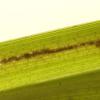
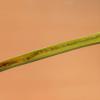
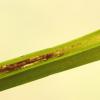
%201_0.jpg)
%20B_0.jpg)
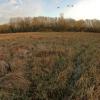
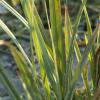
_0.jpg)